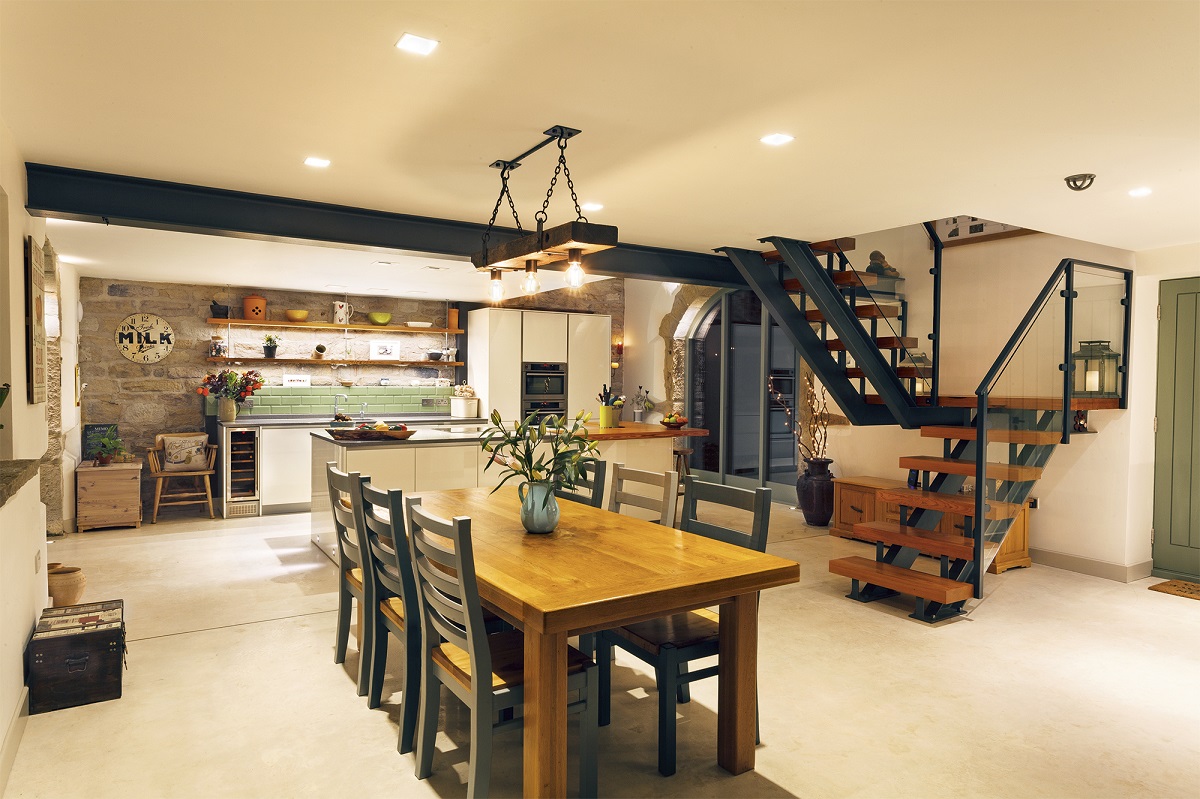

Tableware
How Many Lumens For A Dining Room?
Modified: January 6, 2024
Find out how many lumens you need to properly illuminate your dining room and showcase your beautiful tableware.
(Many of the links in this article redirect to a specific reviewed product. Your purchase of these products through affiliate links helps to generate commission for Storables.com, at no extra cost. Learn more)
Introduction
When it comes to designing a dining room, there are several important factors to consider to create the perfect ambiance. One often overlooked aspect is lighting. Proper lighting not only enhances the aesthetics of the room but also sets the mood for memorable dining experiences.
Choosing the right lighting for your dining room can be a daunting task, especially with the multitude of options available. From chandeliers to pendant lights, wall sconces to recessed lighting, the choices can seem overwhelming. However, one essential element to consider when deciding on the lighting for your dining room is lumens.
In this article, we will explore the significance of proper lighting in a dining room and delve into the world of lumens. We will discuss why lumens are crucial for creating an inviting and functional dining space. Additionally, we will provide recommendations for the ideal number of lumens to ensure an optimal dining experience. So, let’s shed some light on the importance of lumens in the dining room!
Key Takeaways:
- Proper lighting in a dining room is essential for creating a welcoming atmosphere, highlighting decor, and ensuring practical functionality during meals. Understanding lumens and considering factors like room size and lighting layers are crucial for achieving the perfect ambiance.
- When choosing light fixtures for a dining room, consider size, style, and lighting types to enhance aesthetics and functionality. Experiment with dimmers, LED bulbs, and natural light to create a balanced and inviting atmosphere for enjoyable dining experiences.
Read more: How Many Lumens For A Dining Room
Importance of Proper Lighting in a Dining Room
Proper lighting plays a crucial role in creating a welcoming and comfortable atmosphere in a dining room. It not only illuminates the space but also sets the mood, enhances the aesthetics, and allows for practical functionality during mealtime. Here are some key reasons why proper lighting is essential in a dining room:
- Ambiance: The lighting in a dining room sets the overall ambiance and tone of the space. Whether you want a warm, cozy atmosphere for intimate dinners or a bright and lively setting for family gatherings, the right lighting choices can help you achieve the desired mood.
- Highlighting the Décor: A well-lit dining room can showcase the beauty of your furniture, artwork, and other decorative elements. The right lighting fixtures can draw attention to the focal points of the room, such as a statement chandelier or a stunning wall painting, creating a visually pleasing environment.
- Comfort and Functionality: Adequate lighting is essential for practical reasons, especially during mealtime. It allows you to see the food on your plate, ensuring a pleasant dining experience. Proper lighting also makes it easier to navigate the dining area and helps prevent accidents and spills.
- Flexibility and Versatility: Different occasions call for different lighting needs. Whether you are hosting a formal dinner party or enjoying a casual family meal, having adjustable lighting options enables you to customize the atmosphere to suit the occasion. Dimmable lights or multiple light sources provide flexibility and versatility.
Understanding the importance of proper lighting in a dining room is the first step towards creating an inviting and functional space. Now that we have established the significance, let’s dive into the concept of lumens and explore how they can greatly impact your dining experience.
Factors to Consider for Dining Room Lighting
When choosing the lighting for your dining room, it’s important to consider several factors to ensure that the lighting design is both functional and aesthetically pleasing. Here are some key factors to keep in mind:
- Room Size and Layout: The size and layout of your dining room are significant factors to consider when determining the appropriate lighting fixtures. A larger room may require larger or multiple light sources to evenly illuminate the space, while a smaller room may benefit from a single focal point light fixture.
- Dining Table Shape and Size: The shape and size of your dining table will impact the lighting design. A long rectangular table may benefit from multiple pendant lights placed evenly along its length, while a round or square table may work well with a single chandelier or a cluster of pendant lights placed centrally.
- Personal Style and Décor: Consider your personal style and the overall aesthetic of your dining room. Choose lighting fixtures that complement the existing décor and enhance the desired atmosphere. Whether your style is modern, traditional, rustic, or eclectic, there are lighting options available to suit your taste.
- Lighting Layering: Creating layers of light in your dining room can add depth and dimension to the space. Incorporate a combination of ambient lighting, task lighting, and accent lighting to create a well-balanced and visually appealing lighting scheme. This can be achieved through a combination of overhead lights, wall sconces, and even candlelight.
- Lighting Controls: Consider incorporating lighting controls that allow you to adjust the brightness or intensity of the lights. Dimmer switches, for example, allow you to easily set the mood and create a more intimate atmosphere for special occasions or dim the lights for a cozy and relaxed feel during everyday meals.
By taking these factors into consideration, you can create a well-designed lighting plan that complements your dining room’s aesthetics, enhances functionality, and creates a delightful ambiance. Now, let’s explore the concept of lumens and its significance in dining room lighting.
Understanding Lumens and its Significance
When it comes to lighting, lumens are an important measurement that determines the brightness of a light source. Lumens refer to the amount of light emitted by a bulb or fixture, and understanding their significance is crucial when selecting lighting options for your dining room.
Unlike watts, which measure power consumption, lumens directly indicate the brightness of a light source. The higher the number of lumens, the brighter the light. In the past, wattage was used as a reference for brightness, but with the advent of energy-efficient LED lighting, lumens have become the standard for measuring brightness.
So, why is understanding lumens important? Proper lighting in a dining room is essential to create a comfortable and inviting atmosphere for meals. Insufficient lighting can make the space feel dim and unwelcoming, while overly bright lighting can be harsh and uncomfortable. Lumens play a crucial role in achieving the right balance of illumination in your dining room.
When determining the appropriate number of lumens for your dining room, consider the size and layout of the space. A general guideline is to aim for 20-30 lumens per square foot. For example, if your dining room is 200 square feet, you would need approximately 4,000-6,000 lumens to adequately light the area.
However, keep in mind that this is just a starting point, and additional factors come into play. The desired ambiance, the height of the ceiling, and the color of the walls can all affect the perceived brightness of the lights. It’s also important to consider the other light sources in the room, such as natural light from windows or supplemental lighting from table lamps or wall sconces.
By understanding lumens and considering these factors, you can choose lighting fixtures that provide the right amount of brightness for your dining room. In the next section, we will delve into the recommended lumens for a dining room to help you make informed decisions when selecting lighting options.
When choosing the right lumens for your dining room, aim for around 3,000 to 6,000 lumens for a well-lit and inviting atmosphere. Consider using a combination of overhead lighting and accent lighting to create a balanced and comfortable environment for dining.
Recommended Lumens for a Dining Room
When it comes to determining the appropriate number of lumens for your dining room, there are various factors to consider such as the size of the space, the desired ambiance, and the existing lighting sources. While there is no one-size-fits-all answer, here are some general guidelines to help you choose the recommended lumens for your dining room:
- Ambient Lighting: Ambient lighting refers to the overall lighting in the room that provides a base level of illumination. For a dining room, it is recommended to have approximately 20-30 lumens per square foot for ambient lighting. This means that for a 200 square foot dining room, you should aim for around 4,000-6,000 lumens of ambient light.
- Task Lighting: Task lighting is essential for specific activities in the dining room, such as reading a menu or serving food. For these tasks, it is recommended to have higher levels of brightness. Approximately 50-75 lumens per square foot can be ideal for task lighting. Consider incorporating adjustable fixtures such as table lamps or pendant lights to provide focused lighting where needed.
- Accent Lighting: Accent lighting adds depth and visual interest to the dining room by highlighting specific areas or objects. Whether it’s showcasing a piece of artwork or accentuating architectural features, accent lighting can enhance the overall aesthetics. For accent lighting, around 10-20 lumens per square foot can be sufficient.
It’s important to remember that these recommendations are just starting points and can be adjusted based on personal preference and the specific requirements of your dining room. Factors such as the height of the ceiling, the color of the walls, and the type of light fixtures used can all impact the perceived brightness in the space.
Additionally, consider the type of lighting technology used. LED lights, for example, are highly energy-efficient and provide more lumens per watt compared to traditional incandescent bulbs. This means you can achieve the desired brightness with fewer LED lumens, which can help save on energy costs in the long run.
Ultimately, it’s important to strike a balance between having sufficient lighting for functionality and creating a warm and inviting atmosphere for dining. Experiment with different lighting fixtures, textures, and dimming options to find the perfect combination that suits your needs and preferences.
Now that we have explored the recommended lumens for a dining room let’s move on to the next section and discuss how to choose the right light fixtures to achieve the desired lighting effect.
Read more: How Many Lumens For Laundry Room
Choosing the Right Light Fixtures for Your Dining Room
When it comes to selecting light fixtures for your dining room, there are numerous options to consider. The right choice can enhance the overall design aesthetic while providing optimal functionality. Here are some factors to keep in mind when choosing the perfect light fixtures:
- Size and Scale: Consider the size of your dining room and the scale of your dining table when choosing light fixtures. The fixture should complement the proportions of the space without overpowering it. A general guideline is to select a light fixture that is approximately one-third the width of your dining table for a well-balanced look.
- Style and Design: The style and design of the light fixture should align with the overall décor and theme of your dining room. Whether your style is traditional, modern, rustic, or eclectic, there are numerous options available. Consider factors such as the materials used, the shape of the fixture, and the type of light emitted to ensure it fits seamlessly into the space.
- Lighting Types: Different light fixtures provide various types of lighting. Chandeliers offer a focal point and provide ambient lighting, while pendant lights can create a more intimate atmosphere while also serving as a statement piece. Wall sconces offer a versatile option for accent lighting, and recessed lighting provides a clean and minimalist look.
- Adjustability: Flexibility in lighting is important for creating the desired ambiance in your dining room. Consider fixtures that offer dimming capabilities or adjustable lighting angles to allow for customization. This allows you to create the perfect lighting level for different occasions and moods.
- Installation and Maintenance: Consider the installation requirements and maintenance needs of the light fixtures. Some may require professional installation, while others can be easily installed as a DIY project. Additionally, think about the ease of cleaning and changing bulbs when necessary.
It’s also important to consider the placement of the light fixtures within the dining room. The main fixture should be centered above the dining table at an appropriate height. Make sure to take into account the height of the ceiling, the amount of clearance needed, and the line of sight from different angles in the room.
Lastly, remember to create a cohesive lighting scheme by incorporating multiple light sources. Blend overhead lighting with accent lighting, such as wall sconces or buffet lamps, to add depth and create a layered and inviting atmosphere.
By carefully considering these factors, you can select the right light fixtures that not only enhance the aesthetics of your dining room but also provide the perfect lighting for memorable dining experiences.
Now that you have a better understanding of choosing the right light fixtures, let’s move on to the next section and explore some tips for achieving the perfect lighting in your dining room.
Tips for Achieving the Perfect Lighting in Your Dining Room
Creating the perfect lighting in your dining room can greatly enhance the atmosphere and elevate your dining experience. Here are some tips to help you achieve the ideal lighting in your dining room:
- Layer Your Lighting: Incorporate multiple layers of lighting to create depth and flexibility. Combine ambient lighting, such as a chandelier or pendant lights, with task lighting, such as table lamps or wall sconces. This allows you to adjust the intensity and create different moods based on the occasion.
- Use Dimmers: Install dimmer switches for your dining room lights to easily adjust the brightness and create the desired ambiance. Dimmers allow you to control the level of light, whether it’s for a romantic dinner or a festive gathering. This flexibility can enhance the dining experience and cater to different occasions.
- Consider Dimmable LED Bulbs: Opt for dimmable LED bulbs, as they are energy-efficient and offer a wide range of brightness options. LED bulbs provide excellent light quality, longer lifespan, and the ability to customize the lighting intensity to suit your preferences.
- Highlight the Dining Table: Make sure to properly illuminate the dining table to create a focal point and enhance the overall dining experience. Hang a chandelier or a row of pendant lights directly above the table, ensuring that the size and height of the fixture are proportionate to the table.
- Balance the Lighting: Ensure the lighting in your dining room is evenly distributed. Avoid relying solely on a single light source that may create harsh shadows or uneven illumination. Incorporate additional lighting fixtures or wall sconces to provide balanced lighting throughout the space.
- Add Accent Lighting: Incorporating accent lighting can add drama and visual interest to your dining room. Use spotlights or wall sconces to highlight artwork or architectural features. This can create a dynamic and inviting ambiance, adding an extra layer of sophistication to the overall design.
- Consider Natural Light: Utilize natural light whenever possible to create a welcoming and refreshing atmosphere. If your dining room has windows, choose window treatments that allow for natural light to filter in. During the day, keep the curtains or blinds open to maximize natural daylight.
- Experiment with Light Bulb Color Temperature: Different light bulb color temperatures can greatly impact the mood of the dining room. For a warm and cozy ambiance, opt for bulbs with a lower color temperature (around 2700-3000K). For a brighter and more vibrant atmosphere, choose bulbs with a higher color temperature (around 4000-5000K).
Remember, the key to achieving the perfect lighting in your dining room is to experiment and find the right balance that suits your preferences and needs. Don’t be afraid to try different combinations and adjust the lighting based on the occasion. By following these tips, you can create a dining room that is inviting, visually appealing, and conducive to enjoyable meals and gatherings.
As we conclude, we hope these tips have provided you with valuable insights on achieving the perfect lighting for your dining room. By understanding the importance of lumens, considering the factors that influence dining room lighting, and choosing the right fixtures, you can create a dining space that is both functional and visually stunning. So, go ahead and transform your dining room into a well-lit haven for memorable meals and delightful experiences!
Conclusion
In conclusion, proper lighting is a crucial element in creating an inviting and functional dining room. By understanding the significance of lumens and considering various factors such as room size, lighting layers, and personal style, you can design a dining space that is both aesthetically pleasing and practical.
Choosing the right light fixtures that complement the dining room’s style and provide the desired brightness is essential. Whether it’s a chandelier, pendant lights, wall sconces, or recessed lighting, selecting fixtures that suit the scale and design of the room can greatly enhance the overall ambiance.
To achieve the perfect lighting in your dining room, it is important to create layers of light that include ambient, task, and accent lighting. Incorporating dimmers and dimmable LED bulbs allows you to adjust the brightness to suit different occasions and moods. Properly illuminating the dining table with a focal point light fixture emphasizes its importance and sets the mood for memorable meals.
Don’t forget to balance the lighting throughout the space and consider the natural light available. Window treatments should maximize natural light during the day, while other lighting fixtures fill in the gaps as needed. Experimenting with different light bulb color temperatures can also significantly impact the mood and ambiance of the dining room.
By following these tips and guidelines, you can create the perfect lighting in your dining room. Whether it’s for intimate dinners, family gatherings, or entertaining guests, a well-lit dining room sets the stage for enjoyable experiences.
Remember, the key is to find a balance that suits your personal preferences and the specific needs of your dining space. By placing emphasis on both functionality and aesthetics, you can transform your dining room into a warm and inviting haven for unforgettable meals and cherished moments.
So, take the time to carefully consider the lighting in your dining room and make informed choices that will enhance the ambiance and elevate your dining experience. With the right lighting, you can create a space that not only satisfies your practical needs but also captivates the senses and provides an atmosphere conducive to delightful gatherings and treasured memories.
Frequently Asked Questions about How Many Lumens For A Dining Room?
Was this page helpful?
At Storables.com, we guarantee accurate and reliable information. Our content, validated by Expert Board Contributors, is crafted following stringent Editorial Policies. We're committed to providing you with well-researched, expert-backed insights for all your informational needs.
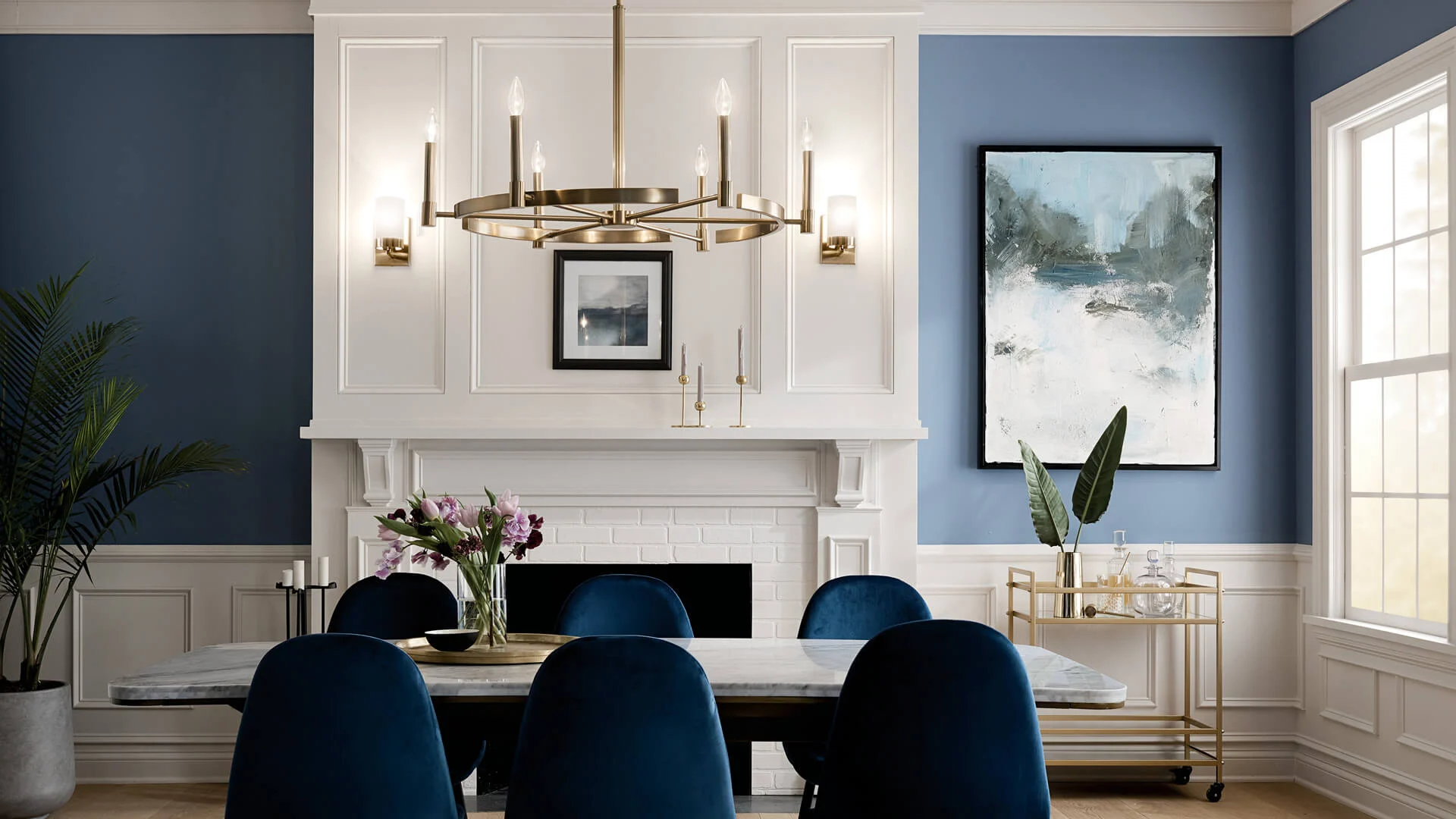


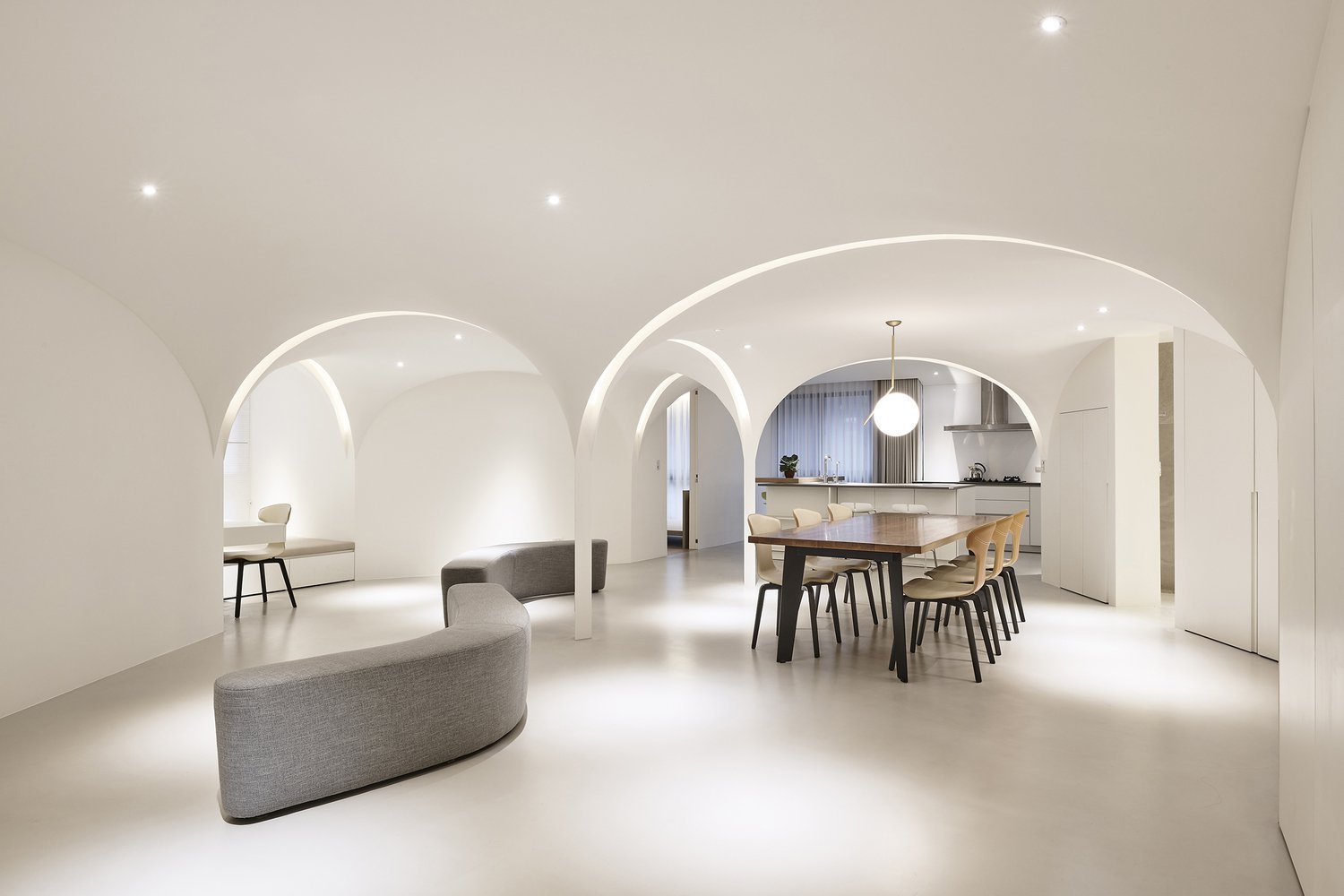
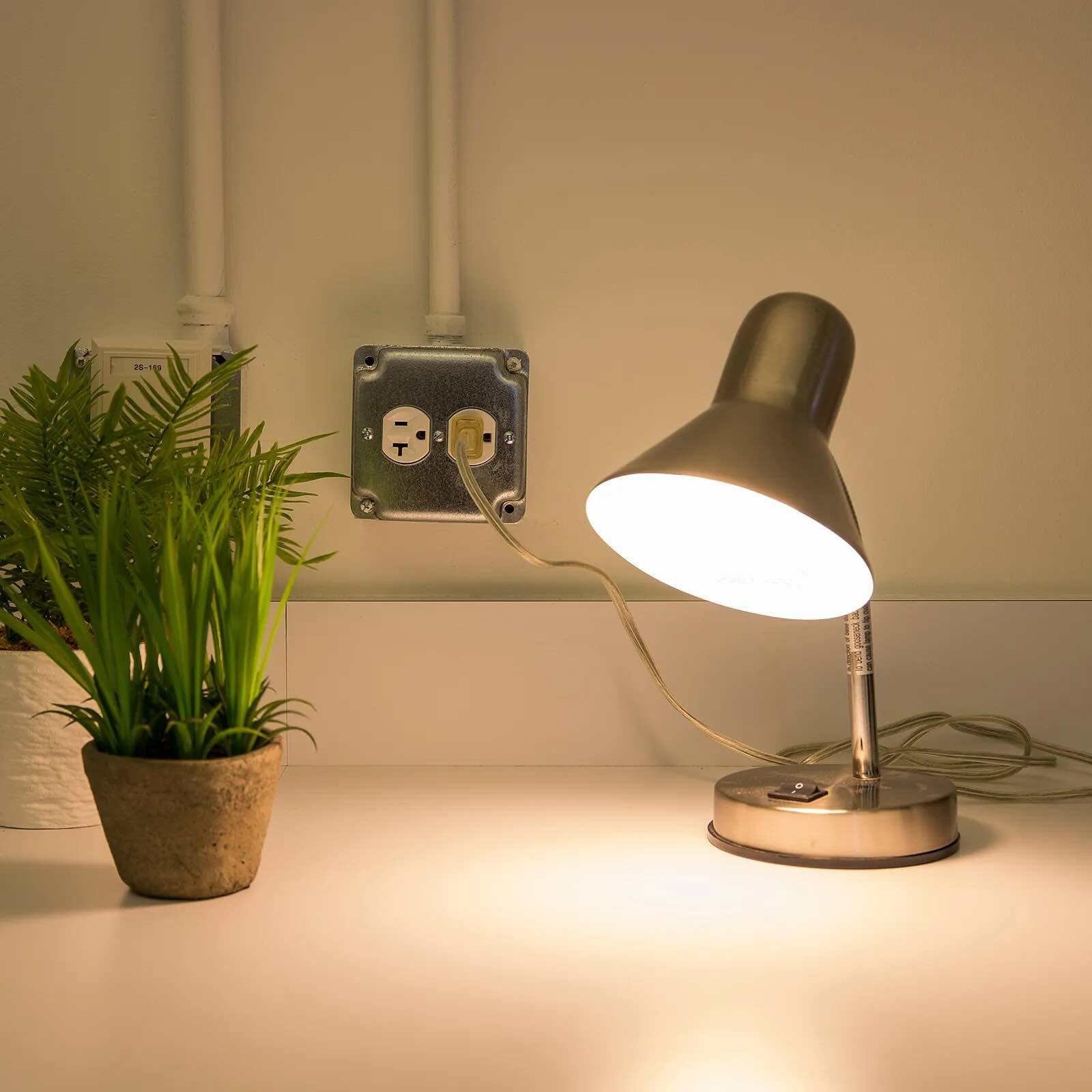
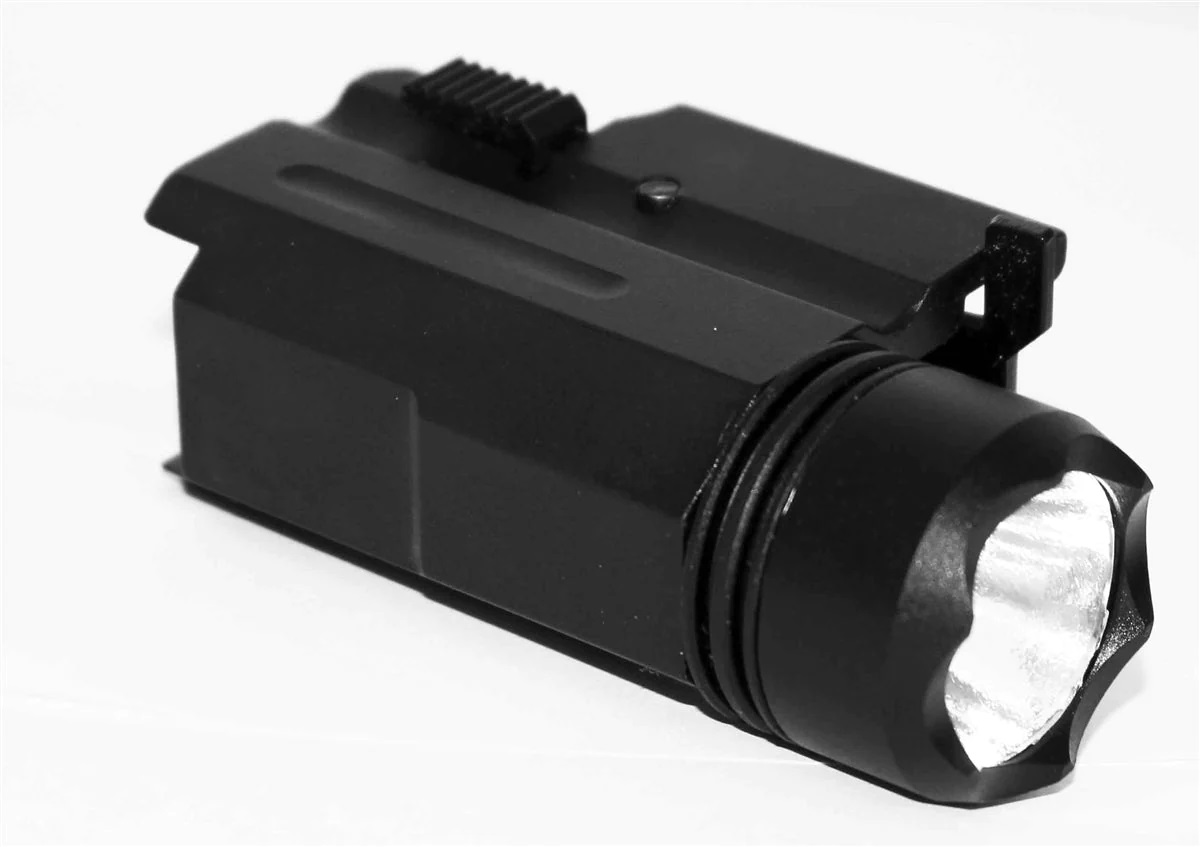
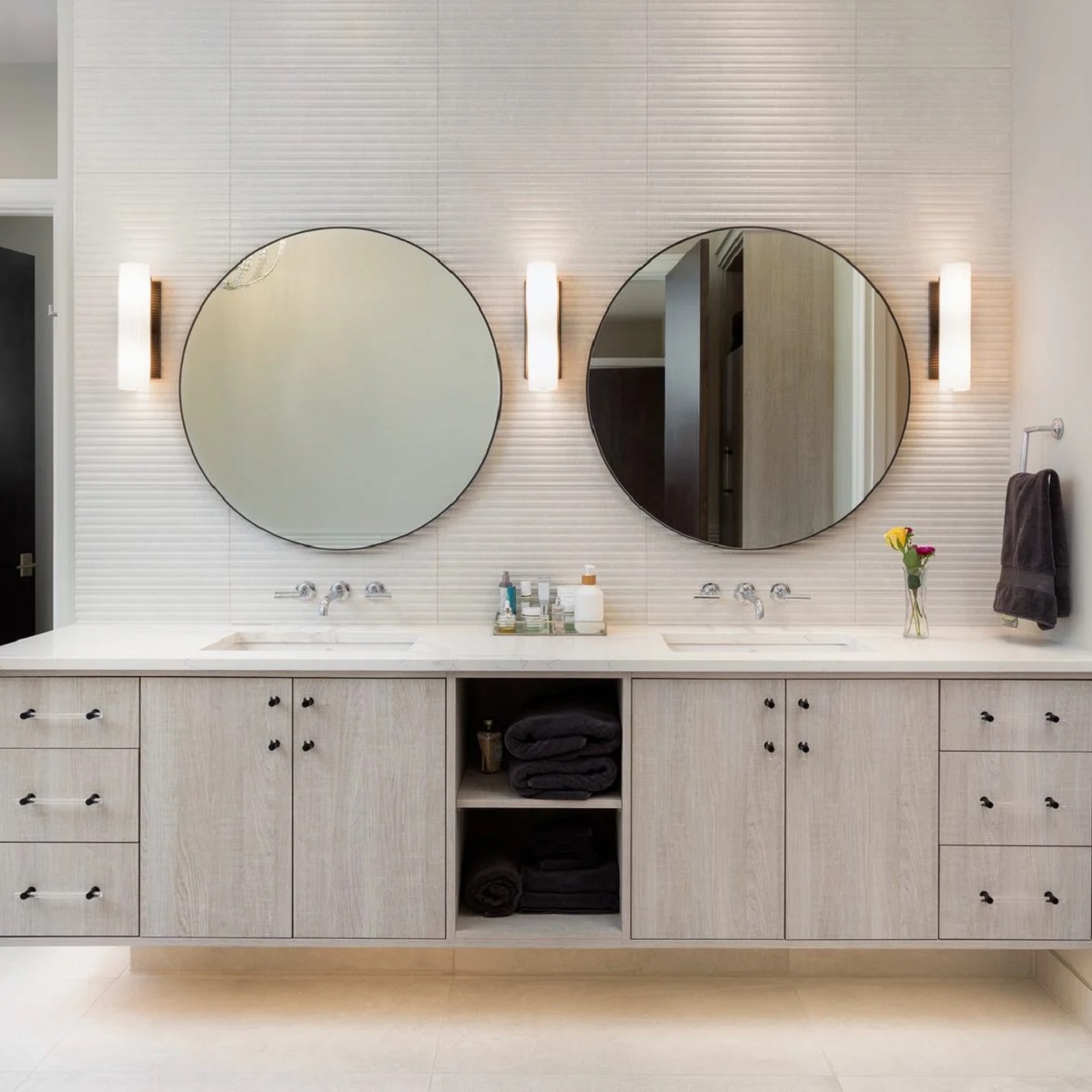
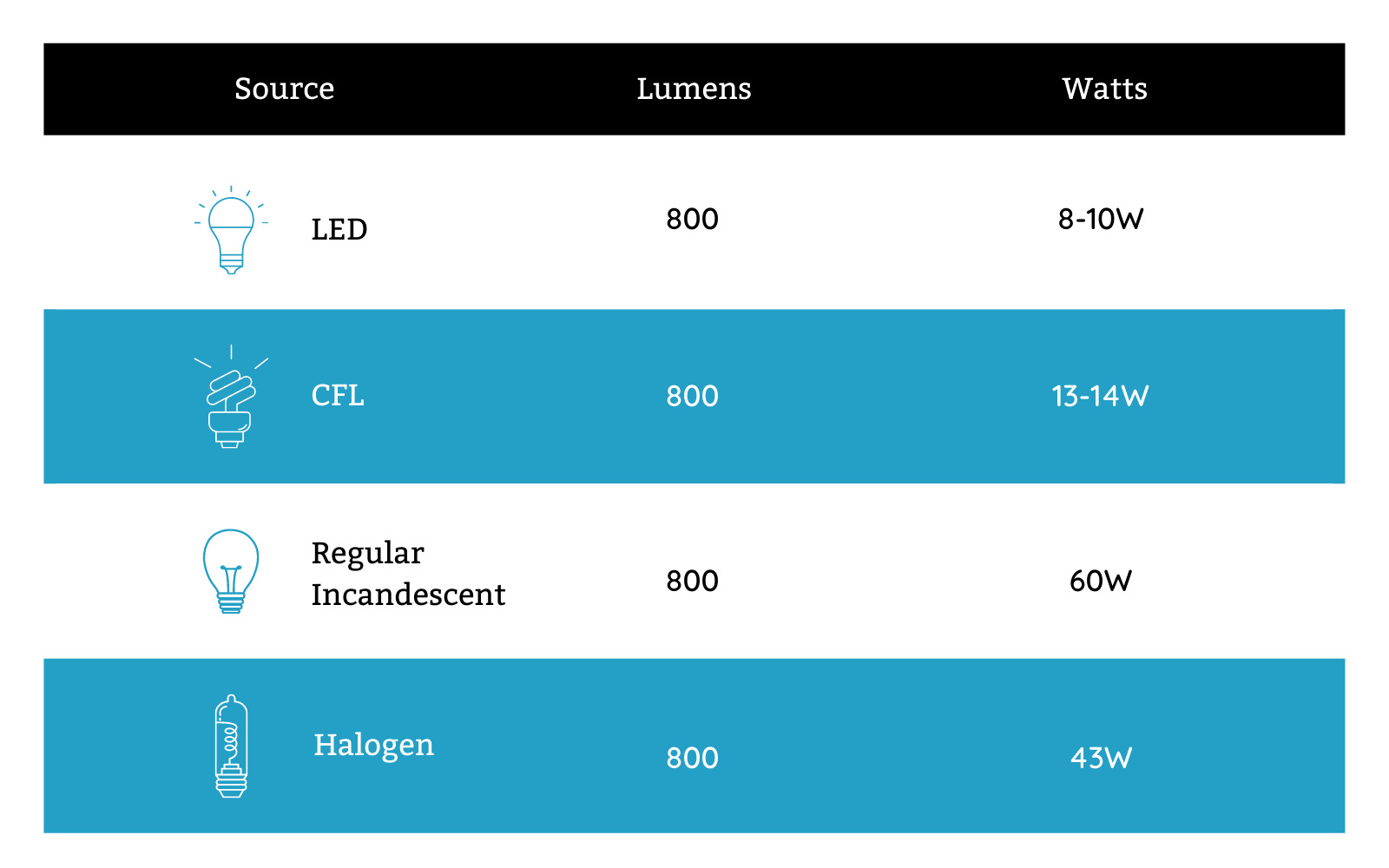
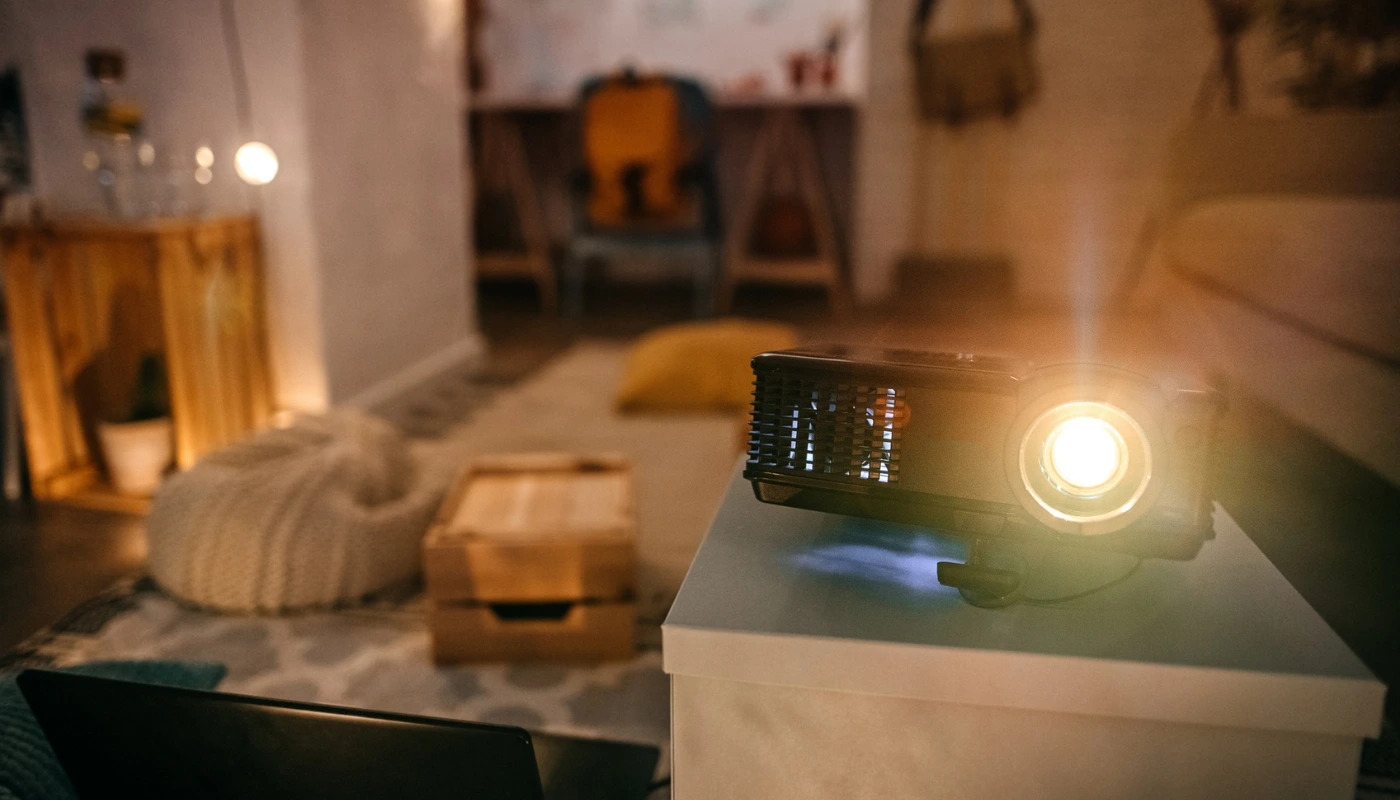
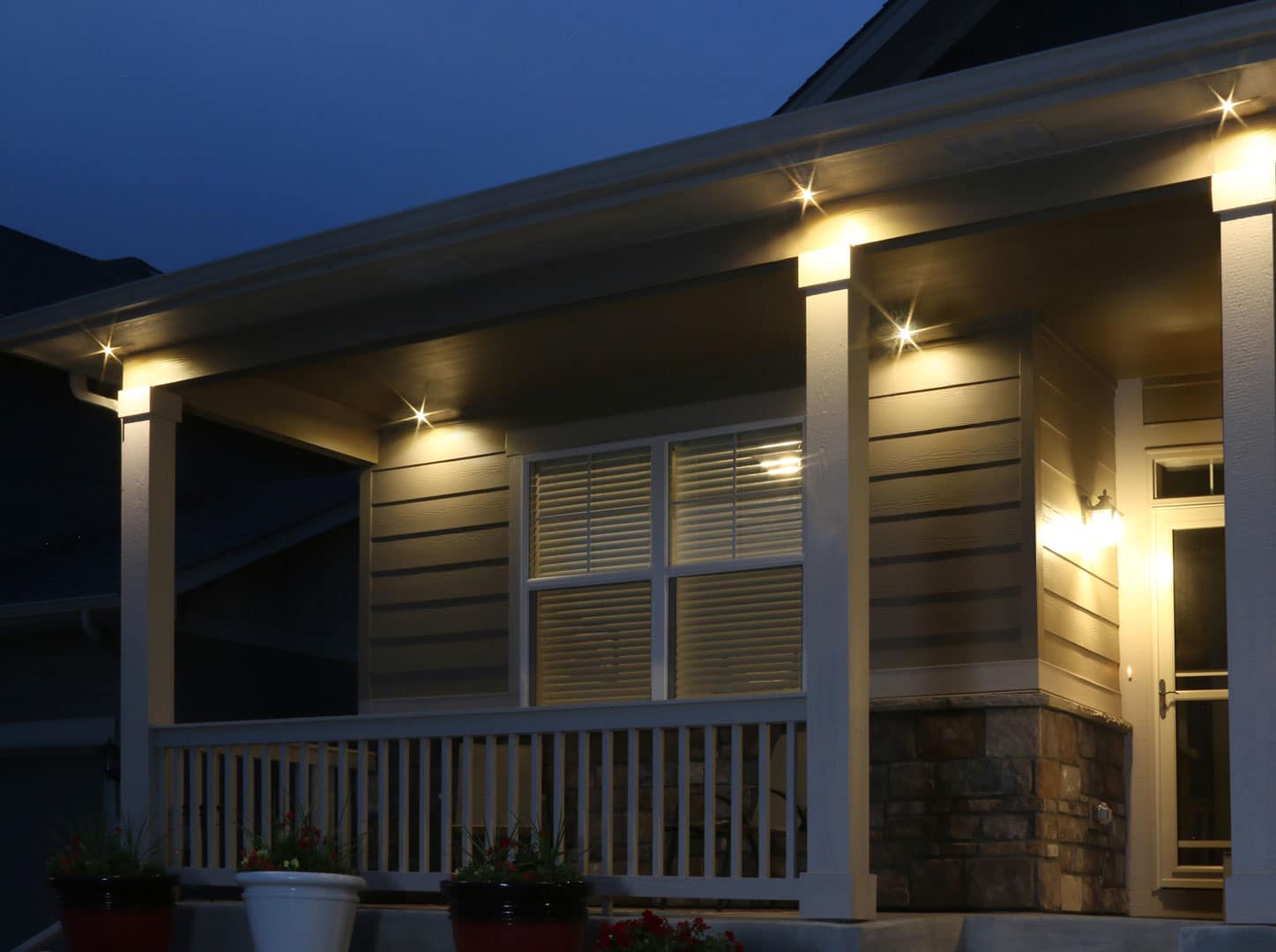
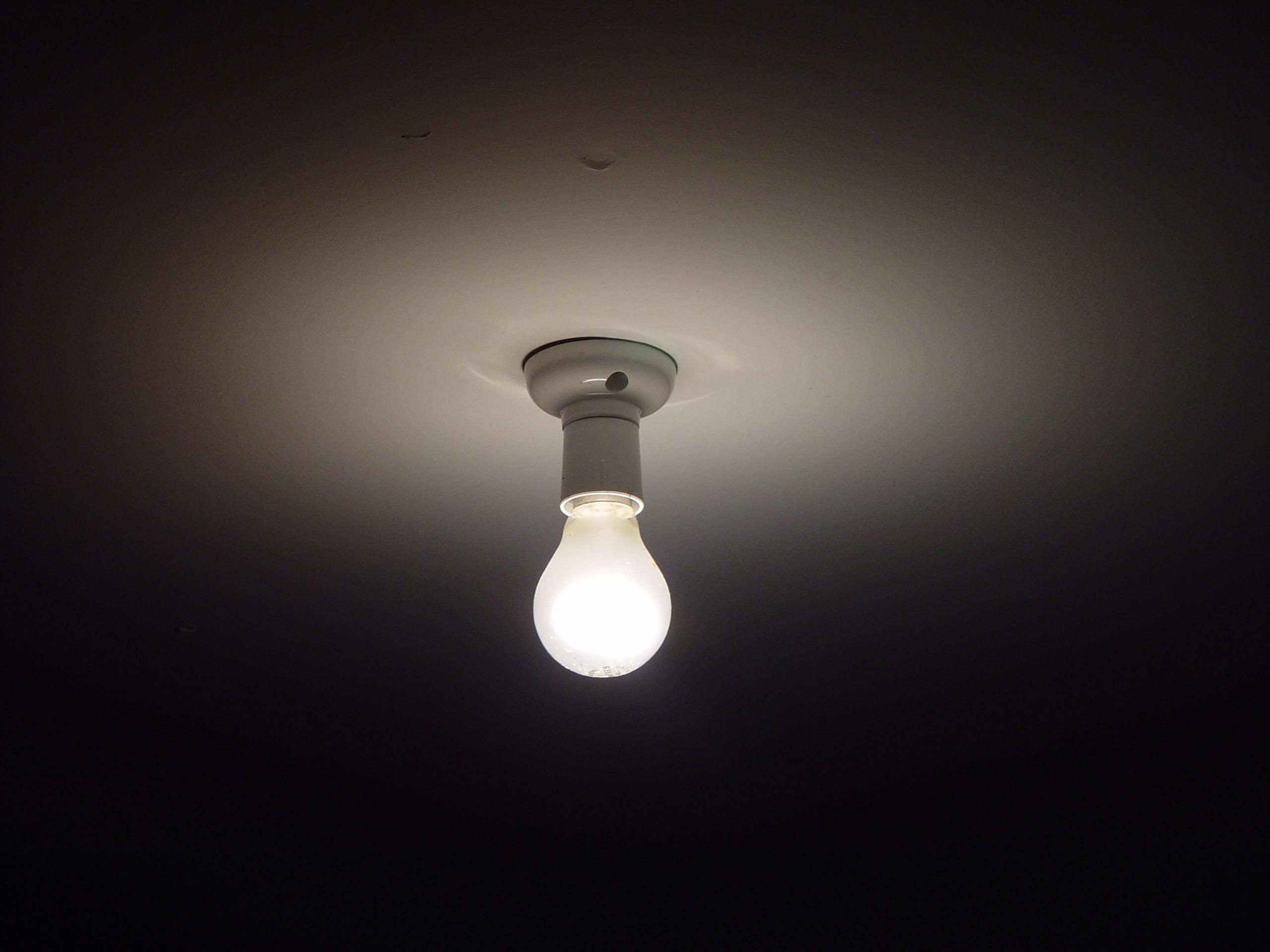
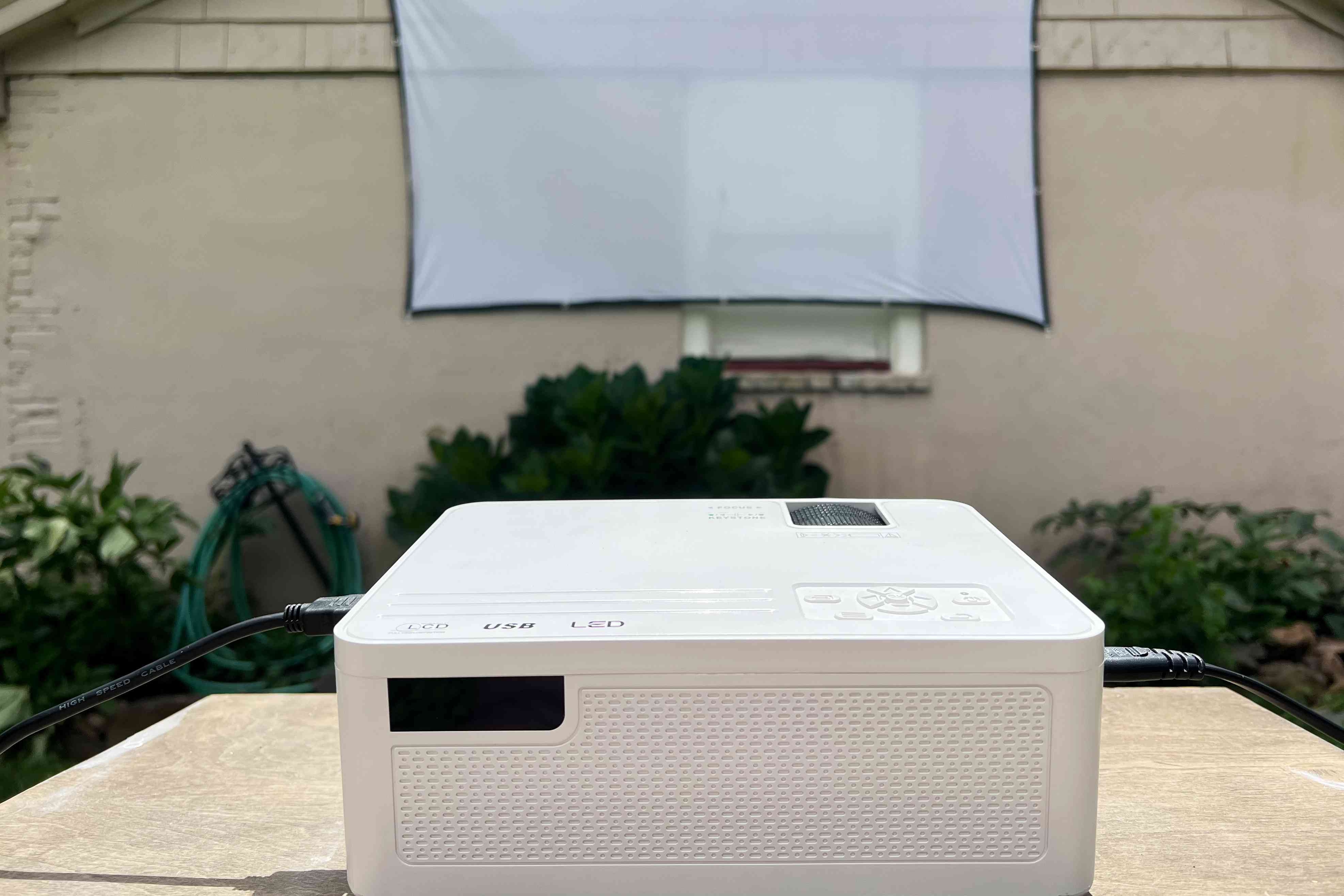
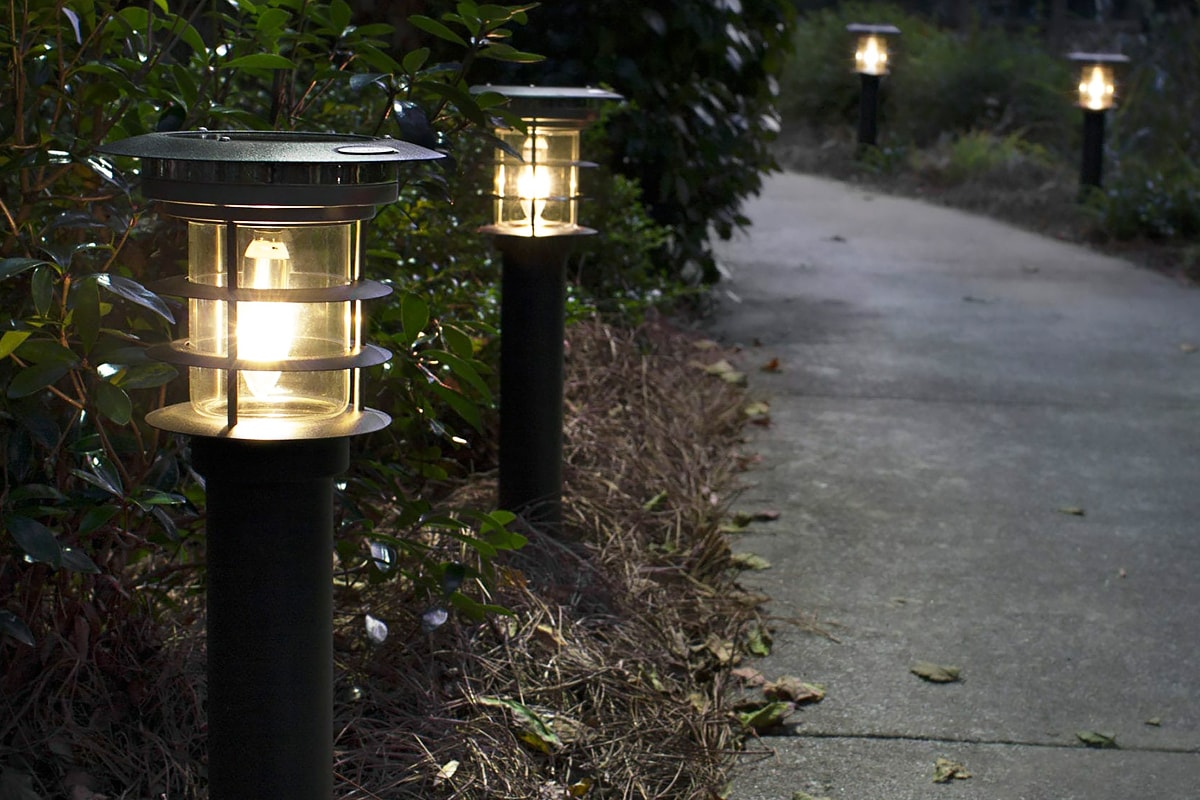
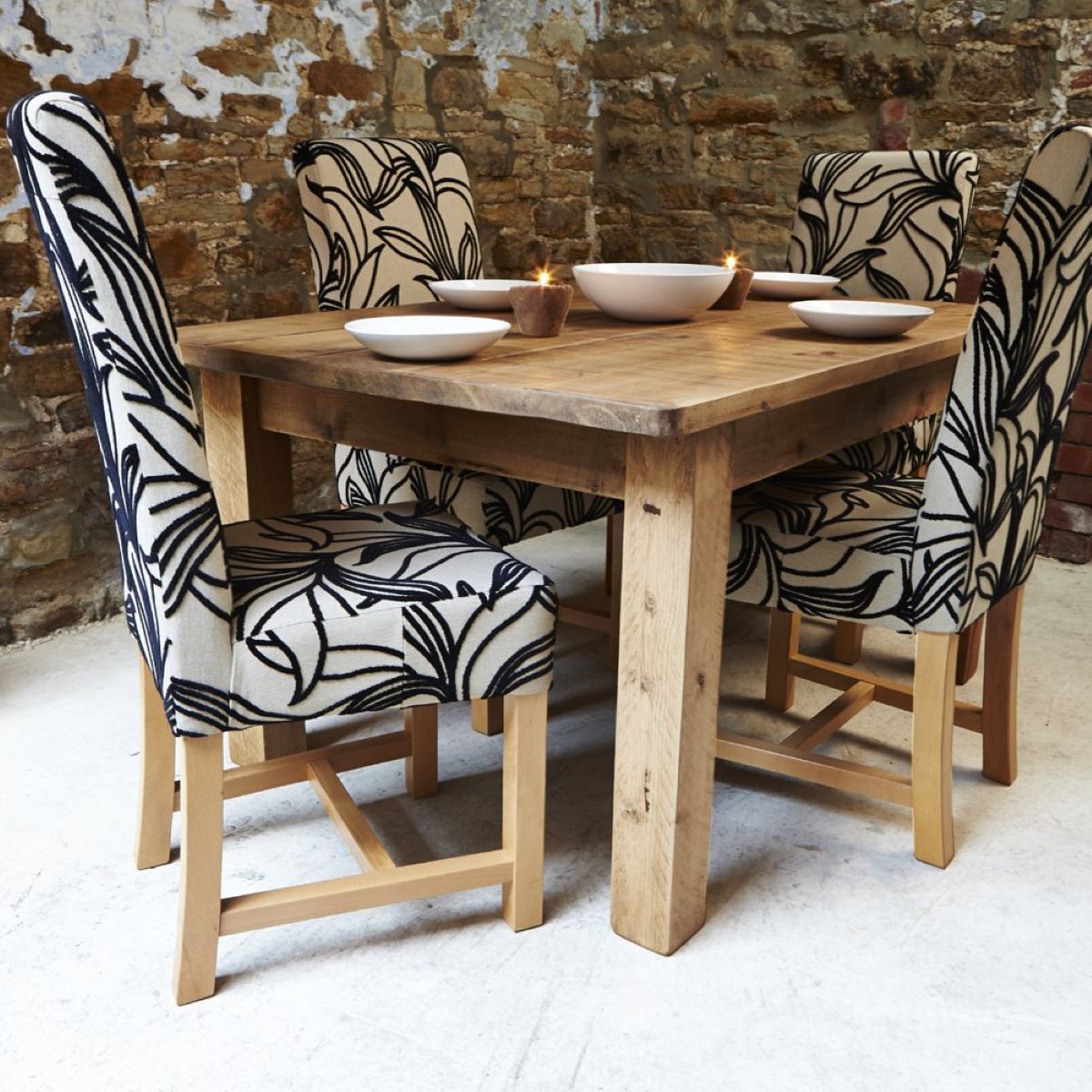

0 thoughts on “How Many Lumens For A Dining Room?”